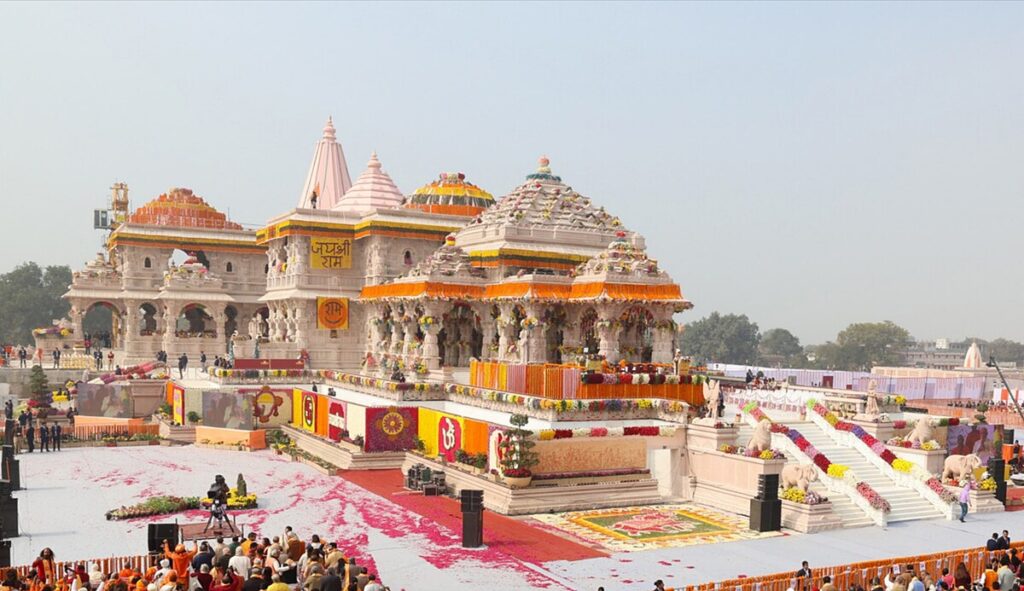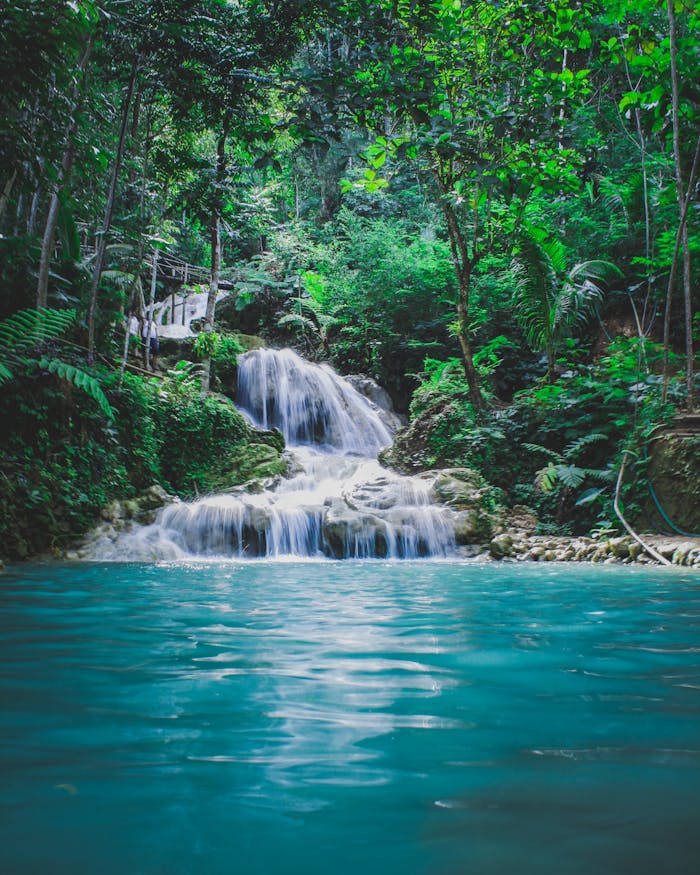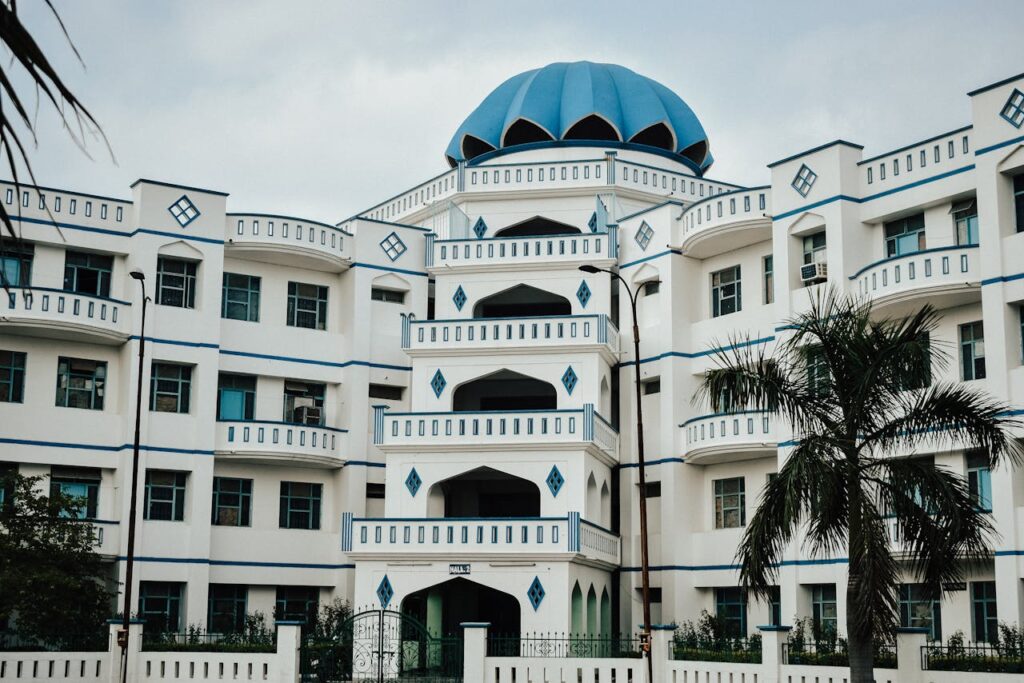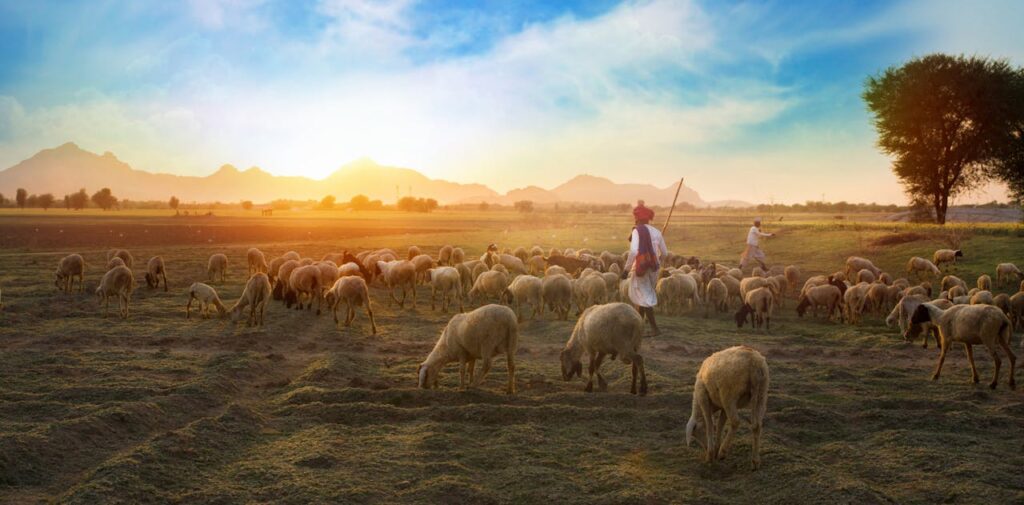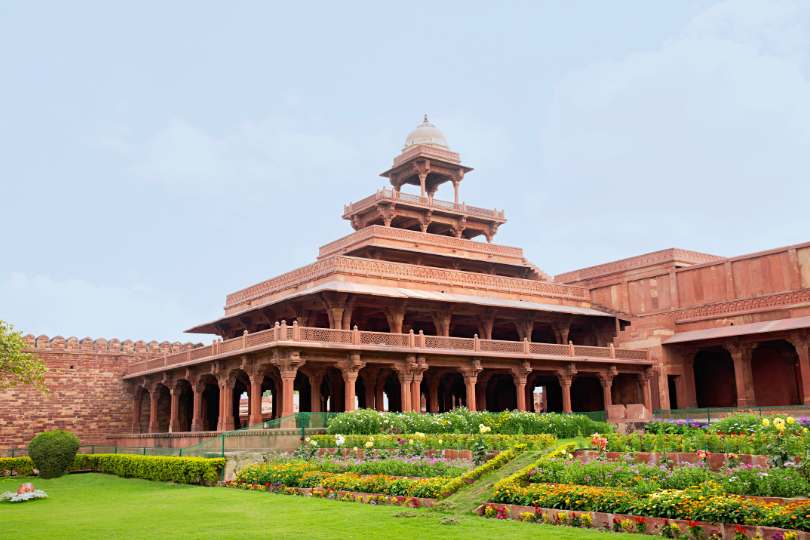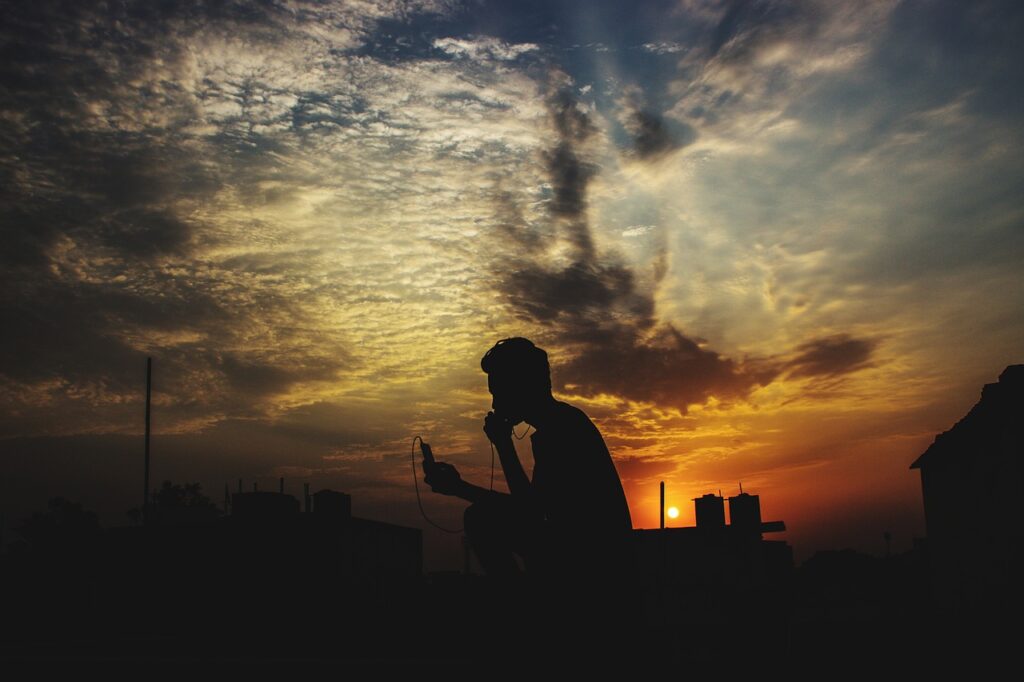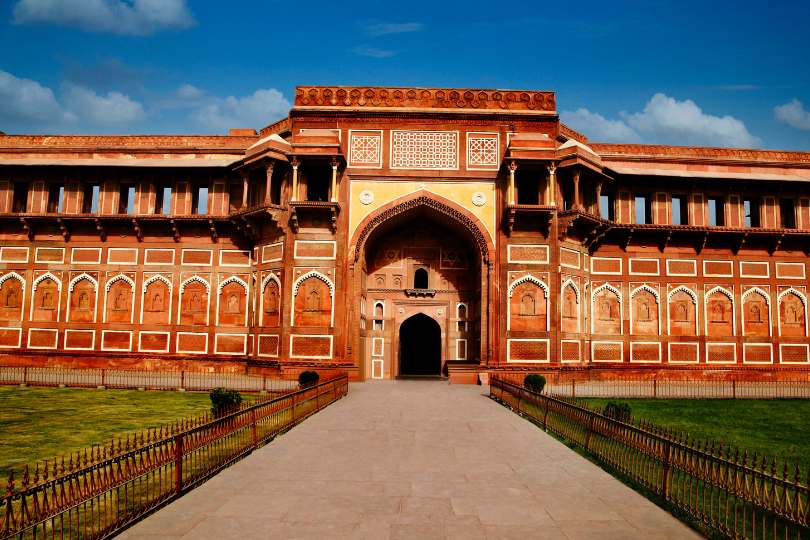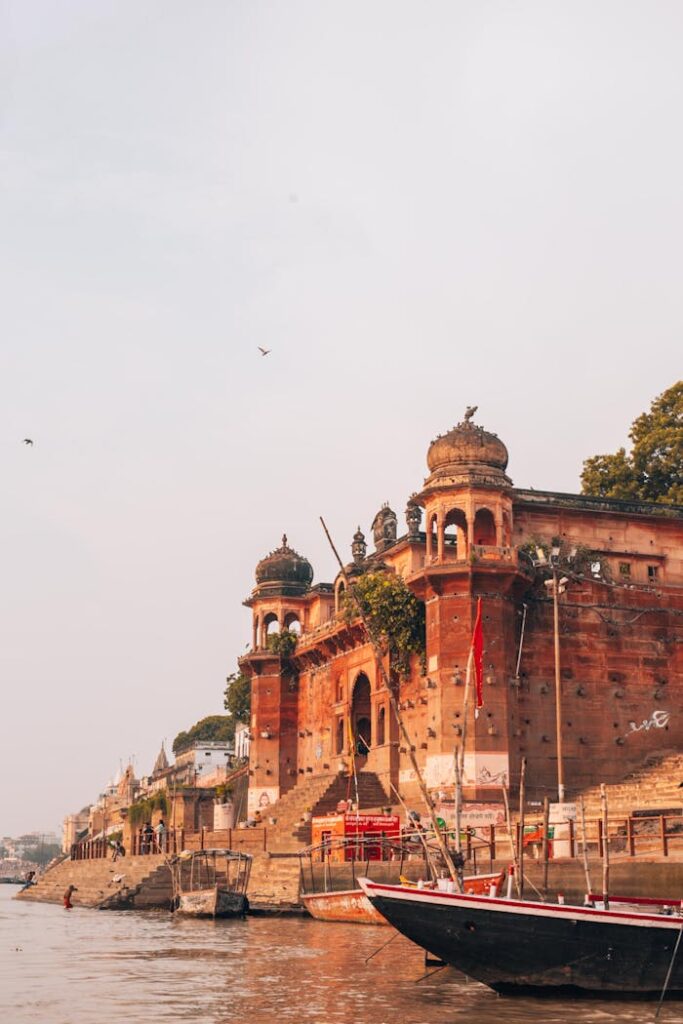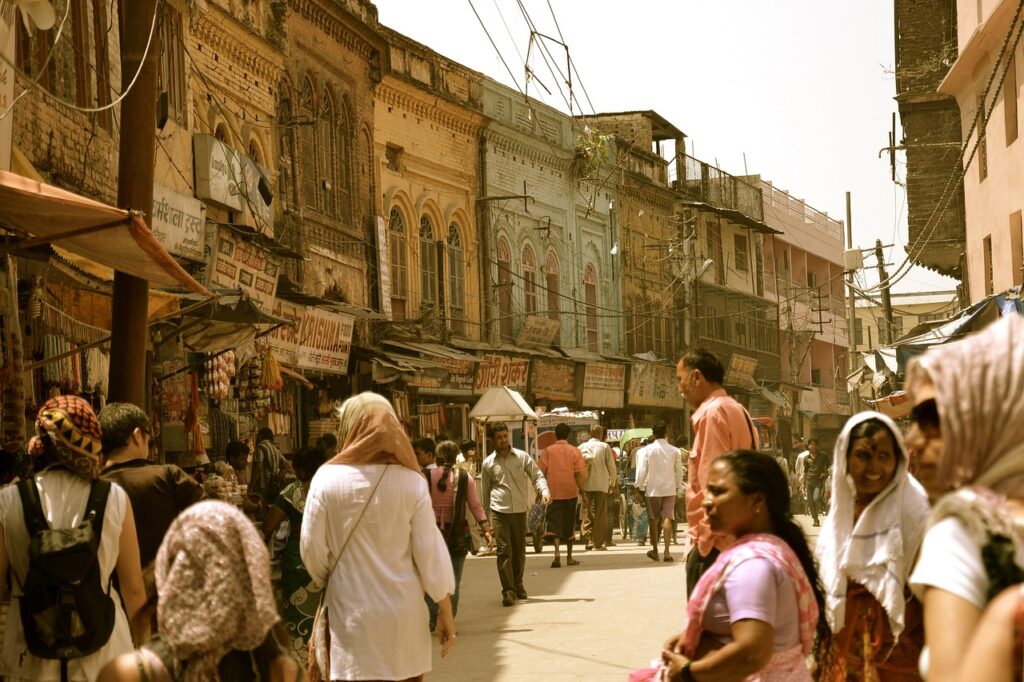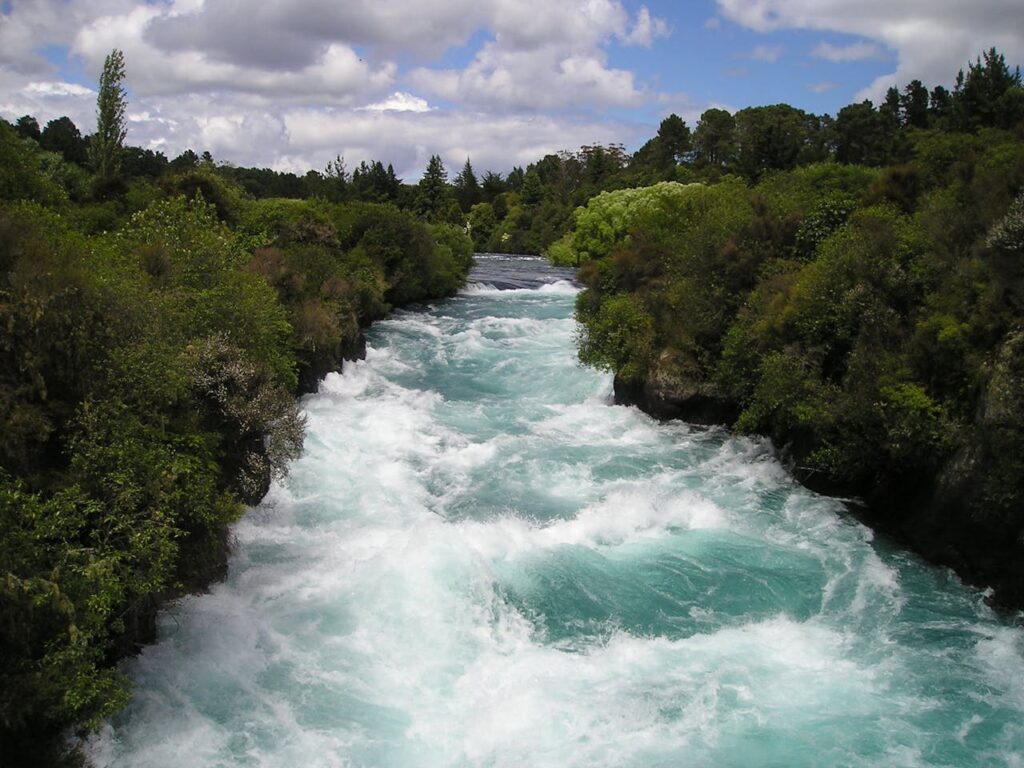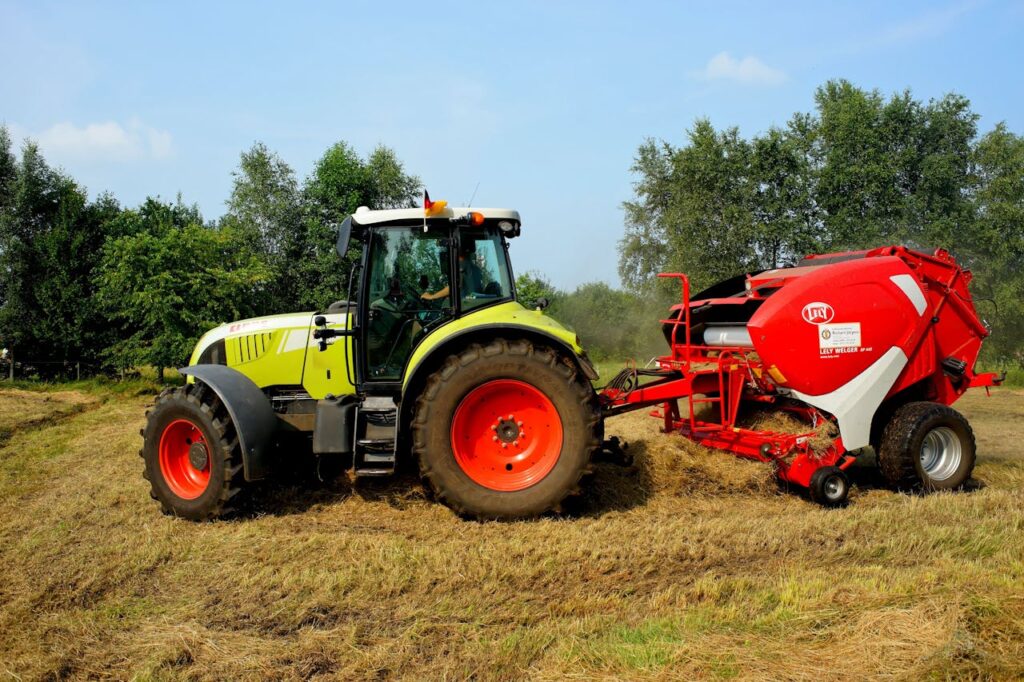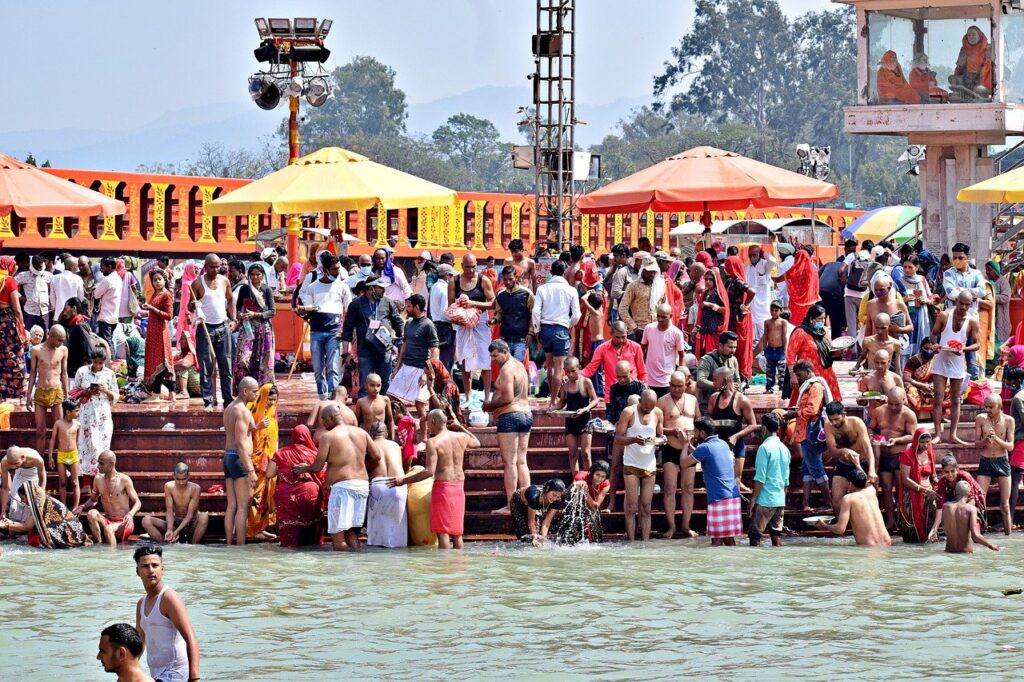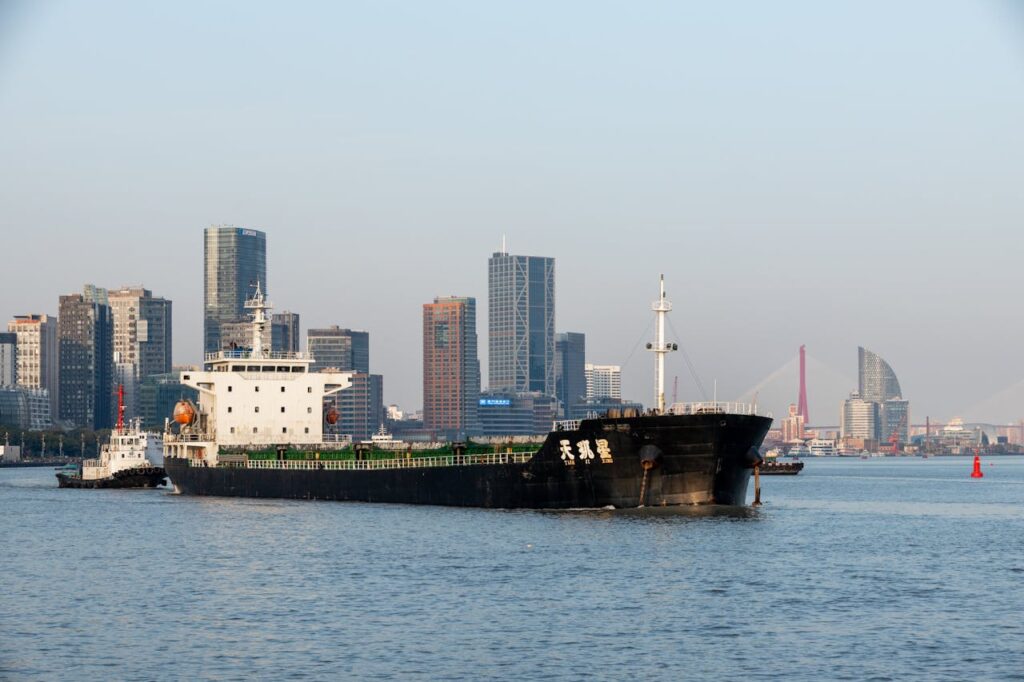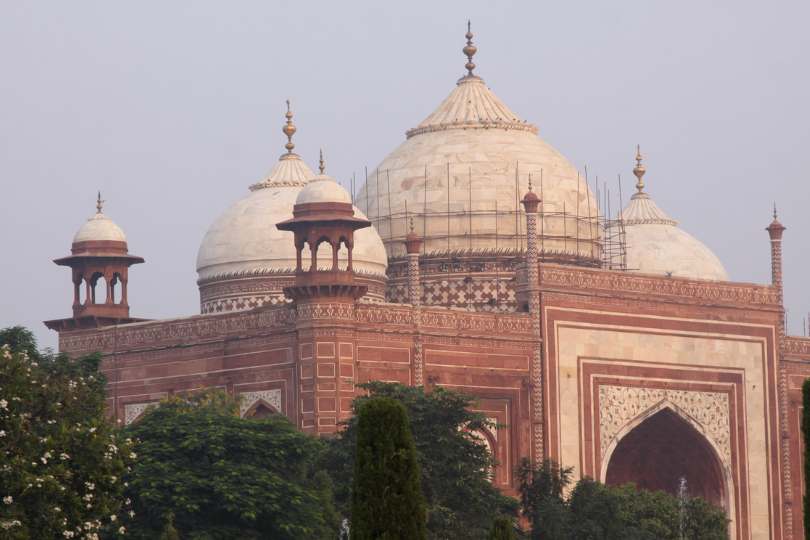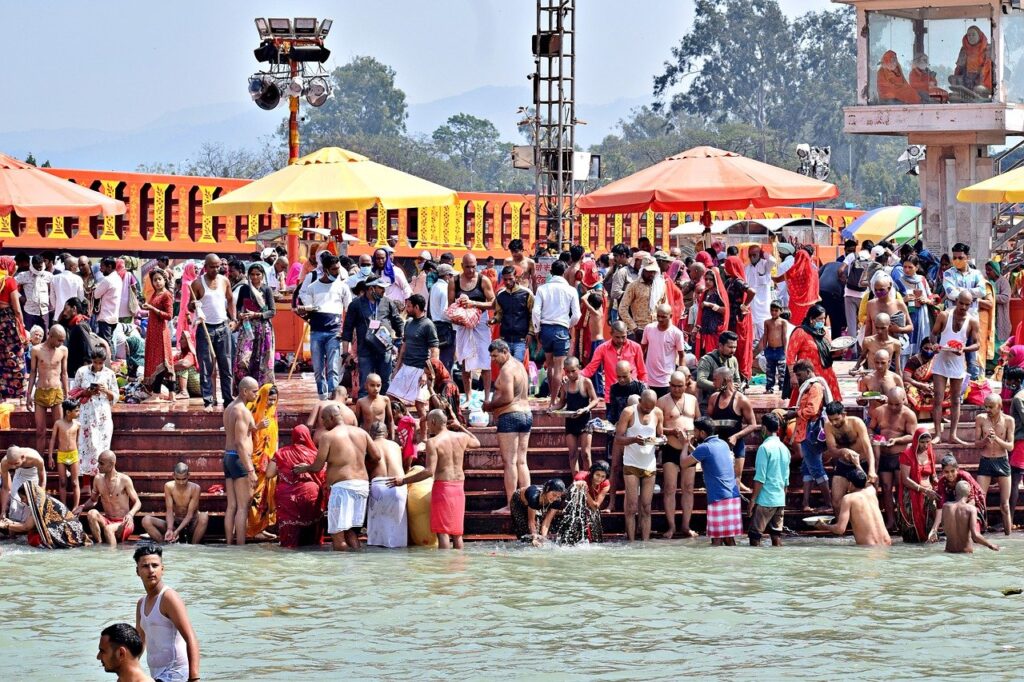Ayodhya, a city in Uttar Pradesh, India, holds immense religious and historical significance, especially for Hindus. It is considered one of the seven sacred cities in Hinduism and is believed to be the birthplace of Lord Rama, one of the most revered deities in Hindu mythology. Ayodhya is rich in cultural heritage, ancient temples, and historical sites, making it a major pilgrimage destination. Here are some of the best places to visit in Ayodhya:
Best Places to Visit
Ram Janmabhoomi
Ram Janmabhoomi is believed to be the birthplace of Lord Rama. The site has immense religious significance for Hindus and has been a focal point of devotion and controversy. The construction of a grand temple at this site is a major attraction, drawing pilgrims and tourists from all over the world. The area around the site is heavily secured, and visitors are advised to follow the rules and regulations.
- Key Attractions: Religious significance, temple construction.
- Activities: Pilgrimage, prayer.
- Location: Ayodhya, Uttar Pradesh.
Hanuman Garhi
Hanuman Garhi is one of the most popular temples in Ayodhya, dedicated to Lord Hanuman. The temple is situated on a hill and requires visitors to climb a series of steps to reach it. The temple complex offers a beautiful view of the surrounding area and is known for its spiritual ambiance. It is believed that Lord Hanuman guards the city of Ayodhya from this temple.
- Key Attractions: Temple architecture, hilltop view.
- Activities: Worship, sightseeing.
- Location: Ayodhya, Uttar Pradesh.
Kanak Bhawan
Kanak Bhawan is a beautiful temple dedicated to Lord Rama and Goddess Sita. The temple is known for its stunning architecture and intricate carvings. It is believed that the temple was gifted to Sita by Kaikeyi, the stepmother of Rama, after their marriage. The temple houses beautiful idols of Rama and Sita adorned with gold crowns and jewelry, making it a significant religious site.
- Key Attractions: Temple architecture, idols of Rama and Sita.
- Activities: Worship, exploring the temple.
- Location: Ayodhya, Uttar Pradesh.
Nageshwarnath Temple
Nageshwarnath Temple is an ancient temple dedicated to Lord Shiva. It is believed to have been built by Kush, the son of Lord Rama, and is one of the oldest temples in Ayodhya. The temple is particularly significant during the festival of Shivratri, when it attracts a large number of devotees. The temple’s serene environment and historical significance make it a must-visit.
- Key Attractions: Ancient temple, Shivratri festival.
- Activities: Worship, attending festivals.
- Location: Ayodhya, Uttar Pradesh.
Treta Ke Thakur
Treta Ke Thakur is an ancient temple located on the banks of the Sarayu River. The temple is believed to house the idols of Lord Rama, Sita, Lakshmana, and Hanuman, which were installed by King Vikramaditya. The temple is an important religious site and is visited by many pilgrims, especially during festivals like Ram Navami and Diwali.
- Key Attractions: Idols of Rama and family, riverside location.
- Activities: Worship, riverside walks.
- Location: Ayodhya, Uttar Pradesh.
Ramkot
Ramkot is the main pilgrimage site in Ayodhya, considered the heart of the city. It is believed to be the location of the ancient fortress where Lord Rama’s palace once stood. The area is surrounded by several temples and shrines dedicated to Rama and his family. Ramkot is particularly crowded during the festival of Ram Navami, celebrating the birth of Lord Rama.
- Key Attractions: Pilgrimage site, historical significance.
- Activities: Pilgrimage, exploring temples.
- Location: Ayodhya, Uttar Pradesh.
Sarayu River
The Sarayu River holds great significance in Hindu mythology and is considered a sacred river. The ghats along the river are used for religious rituals, including bathing and offering prayers. The river is also a popular spot for evening aarti (prayer ceremony) and is beautifully illuminated during festivals. A boat ride on the Sarayu River offers a serene and spiritual experience.
- Key Attractions: Sacred river, ghats.
- Activities: Ritual bathing, boat rides, evening aarti.
- Location: Ayodhya, Uttar Pradesh.
Mani Parvat
Mani Parvat is a hill in Ayodhya that offers a panoramic view of the city and the surrounding landscape. It is believed to be the site where Lord Hanuman rested while carrying the Sanjeevani mountain. The hill is an important pilgrimage site and offers a peaceful environment for meditation and reflection.
- Key Attractions: Hilltop view, spiritual significance.
- Activities: Pilgrimage, meditation.
- Location: Ayodhya, Uttar Pradesh.
Guptar Ghat
Guptar Ghat is a significant religious site on the banks of the Sarayu River, believed to be the place where Lord Rama ascended to heaven. The ghat is a peaceful and serene spot, perfect for meditation and spiritual reflection. Visitors can also enjoy a boat ride along the river, offering picturesque views of the ghats and temples.
- Key Attractions: Sacred ghat, Sarayu River views.
- Activities: Meditation, boat rides, rituals.
- Location: Ayodhya, Uttar Pradesh.
Tulsi Smarak Bhavan
Tulsi Smarak Bhavan is a cultural center dedicated to the great poet Tulsidas, who wrote the epic Ramcharitmanas. The bhavan houses a museum, a library, and an auditorium. The museum displays manuscripts and artifacts related to Tulsidas and his work. The auditorium hosts cultural performances, including recitations of the Ramcharitmanas, making it a significant cultural landmark.
- Key Attractions: Museum, cultural performances.
- Activities: Learning about Tulsidas, attending cultural events.
- Location: Ayodhya, Uttar Pradesh.
Summary Table
| Place | Description | Key Attraction | Location |
|---|---|---|---|
| Ram Janmabhoomi | Believed birthplace of Lord Rama | Temple construction, religious significance | Ayodhya |
| Hanuman Garhi | Temple dedicated to Lord Hanuman | Temple architecture, hilltop view | Ayodhya |
| Kanak Bhawan | Temple dedicated to Rama and Sita | Idols of Rama and Sita, temple architecture | Ayodhya |
| Nageshwarnath Temple | Ancient temple dedicated to Lord Shiva | Shivratri festival, ancient significance | Ayodhya |
| Treta Ke Thakur | Ancient temple on the Sarayu River | Idols of Rama, Sita, Lakshmana, Hanuman | Ayodhya |
| Ramkot | Main pilgrimage site in Ayodhya | Pilgrimage, historical significance | Ayodhya |
| Sarayu River | Sacred river with religious significance | Ritual bathing, boat rides | Ayodhya |
| Mani Parvat | Hill offering panoramic views | Spiritual significance, meditation | Ayodhya |
| Guptar Ghat | Sacred ghat on the Sarayu River | Meditation, boat rides | Ayodhya |
| Tulsi Smarak Bhavan | Cultural center dedicated to poet Tulsidas | Museum, cultural performances | Ayodhya |
How to Reach Ayodhya
By Air
The nearest airport to Ayodhya is Chaudhary Charan Singh International Airport (LKO) in Lucknow, approximately 140 km away. From the airport, visitors can hire a taxi or take a bus to reach Ayodhya.
By Train
Ayodhya has its own railway station, Ayodhya Junction, which is well-connected to major cities in Uttar Pradesh and India. Trains from Delhi, Varanasi, Lucknow, and other major cities stop at Ayodhya Junction.
By Bus
Ayodhya is well-connected by road, with regular bus services operated by the Uttar Pradesh State Road Transport Corporation (UPSRTC) and private operators. Buses are available from Lucknow, Varanasi, and other nearby cities.
By Car
Ayodhya is accessible by road via the National Highway 27 (NH 27) and other state highways. The city has good road connectivity, making it convenient for visitors traveling by car.
Best Time to Visit Ayodhya
The best time to visit Ayodhya is during the winter months, from October to February, when the weather is cool and pleasant. These months are ideal for exploring outdoor attractions and participating in religious activities. The monsoon season (June to September) brings moderate to heavy rainfall, enhancing the natural beauty of the region. The summer months (March to May) can be hot and humid.
Travel Tips
- Local Cuisine: Ayodhya offers a variety of North Indian vegetarian dishes. Don’t miss trying the local sweets like peda, jalebi, and various types of chaat.
- Cultural Etiquette: Ayodhya is a deeply religious city with a rich cultural heritage. When visiting temples and religious sites, dress modestly and respect local customs and traditions.
- Language: Hindi is the primary language spoken in Ayodhya, but English and Urdu are also widely understood.
- Currency: The official currency in India is the Indian Rupee (INR). Credit and debit cards are widely accepted, but it is advisable to carry some cash for small transactions.
Itinerary Suggestions
One-Day Trip
- Morning: Start your day with a visit to Ram Janmabhoomi for a spiritual experience. Then, head to Hanuman Garhi to enjoy the hilltop view and seek blessings.
- Afternoon: Enjoy lunch at a local restaurant before visiting Kanak Bhawan to admire the beautiful idols of Rama and Sita. In the afternoon, explore the Nageshwarnath Temple and learn about its ancient significance.
- Evening: Conclude your day with a boat ride on the Sarayu River and participate in the evening aarti.
Weekend Getaway
- Day 1: Begin with a morning visit to Ram Janmabhoomi and Hanuman Garhi. In the afternoon, explore Treta Ke Thakur and Ramkot. In the evening, relax at a local hotel and enjoy local cuisine.
- Day 2: Start with a morning visit to Guptar Ghat and Mani Parvat for a peaceful experience. Then, head to Tulsi Smarak Bhavan to learn about the life and works of Tulsidas. In the afternoon, visit Shobha Temple for worship and meditation. End your trip with a visit to the vibrant markets of Ayodhya.
Ayodhya’s blend of spiritual significance, historical landmarks, and cultural heritage makes it a captivating destination in Uttar Pradesh. Whether you’re interested in exploring ancient temples, participating in religious rituals, or experiencing the serene environment, Ayodhya offers a variety of experiences for every traveler.

